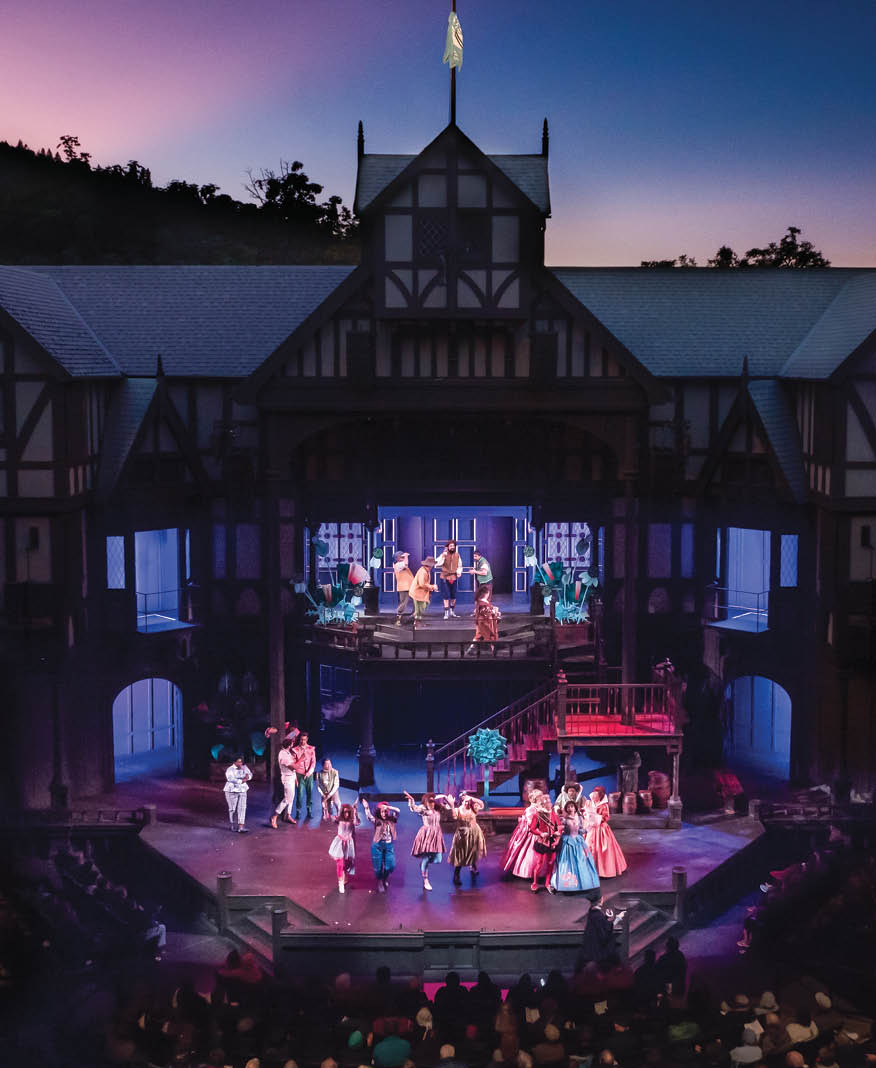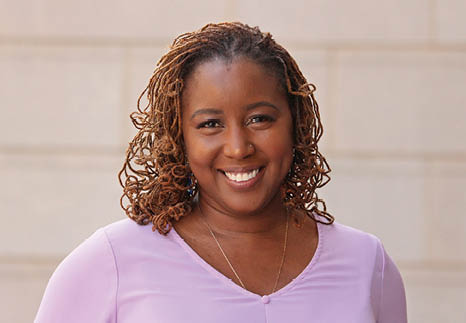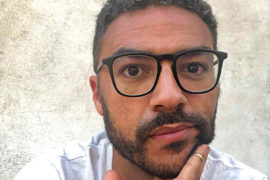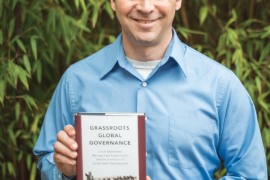What I’m Workin On
interview by Sheila G. Miller

The Oregon Shakespeare Festival announced earlier this year that its new artistic director will be Nataki Garrett, a veteran stage director and the festival’s first African-American leader. She will be responsible for the artistic vision of the festival, which was founded in 1935 and has grown over the decades to become one of the biggest nonprofit theaters in the country.
Garrett isn’t starting out slowly. While she takes over as the artistic director in August, she has been on site since April and will also direct a play, “How to Catch Creation,” at OSF in July.
What exactly goes into being the artistic director?
I am the figurehead for artistic leadership, but I am also responsible for basically two-thirds of everything that happens in our organization. I’m responsible for all things in production such as choosing plays, hiring artists for plays including the actors, I’m responsible for what happens in production, how the shows are built and how they’re managed and how they’re produced. And then there’s also that connection to development, to our philanthropic needs, creating interest and how we market the plays and tell people about them and invite them to come to our plays. The biggest thing I do is I’m responsible for OSF’s artistic vision, our ideological stance, and how we pursue our mission, vision and values.
When do you plan to sleep?
It’s funny because I had a conversation with Bill Rauch, the outgoing artistic director, about how important work-life balance is. He said, ‘Remember to pace yourself. You can do a lot of things all in one day but you can’t do them all well. So do the things you can do well in that day, and pace yourself.’
OSF has been around for so long—how do you honor the tradition but still innovate?
It’s 84 years old. I went back to read some of the writings of the organization’s founder, Angus Bowmer, and of course Jerry Turner, who was the second artistic director, and when you read where those people’s heads were and what they were trying to do, it was really revolutionary. They created something magical out of nothing but fortitude and might, and they did it because Shakespeare has a long scope. It was to look at our basic humanity and the questions Shakespeare was asking are the questions we’ll be asking for generations. It was about making discoveries about humanity and our capacity for empathy. It was about opening us up to new horizons and how do we begin to create a space where people can live their full, dynamic lives? I want to be a part of something that is about innovating and moving forward, and OSF was founded in that idea. The foundation of OSF is evolution and revolution.
What’s your vision to take OSF to the next level?
I think the next big thing is restructuring our marketing. We do such a broad selection of plays, we speak to so many people, and I just want to make sure that those people know where we are and that they’re invited. We’re also facing issues because of climate change, and so how do we make sure our work gets out into the world even if you can’t come sit in the air for those couple of weeks that might have smoke (during wildfire season)? I’m thinking of engaging in the digital landscape, the possibility of augmenting some of our structures to filter the air.
And I also want to reconnect our organization to Ashland and to those businesses and the tourism there, making sure we are working together with businesses as we move forward, make sure we’re all working toward the same goal.
Why are you the right woman for the job?
One of the most important things I have come to understand in a position of leadership is, what is it that drives your service? I serve the people that I lead, the community that I lead, I serve the art that I lead. Some of my answer will come as I discover as I go what makes me the right leader. The way to do that is to get up and go to work every morning and take care of what I have to take care of, and try to chart a course for the future. I’ll do that every single day—invest in the future.
I’m also part of a generation of change in American theater. There have been five women who have been seated at major theaters on the West Coast in the last year, and so I am part of a cohort of change. I’m part of that shift in who we believe leaders are and how we perceive of leaders, and who gets to lead. I feel blessed to be part of the conversation.









